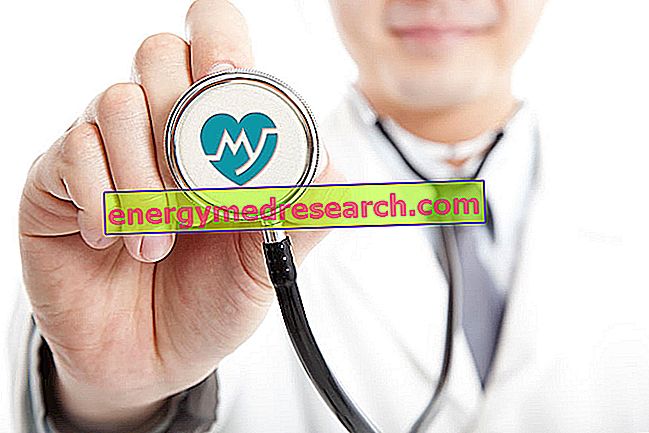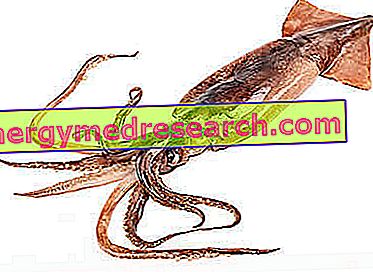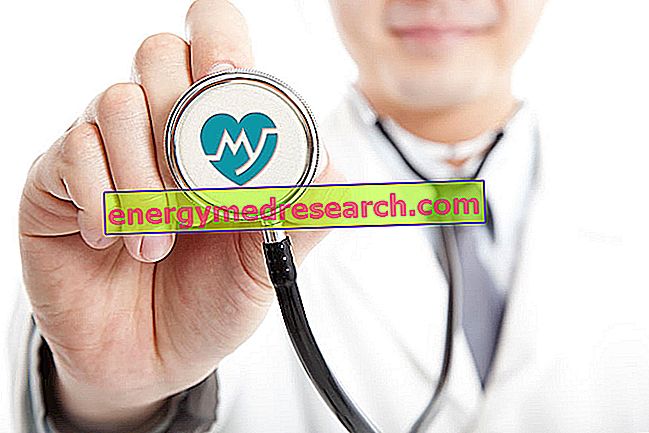 | Echinacea, botanical | Echinacea supplements | Echinacea properties |
What is Echinacea?
Echinacea, thanks to its immunostimulant properties, is one of the most sought after medicinal plants in the Italian phytotherapeutic landscape.

Property
Immunostimulant Property
The growing interest in echinacea derives from its ability, largely confirmed by pharmacological studies, to increase resistance to infections. In particular, this plant has proved to be particularly useful in flu states and in the prevention of colds.
Deepening: Active Principle and Phytocomplex
Its pharmacological activities can be related to the set of several constituents, for this reason we do not know with certainty the single active principles that support them. This allows us to open a small parenthesis on the concept of active principle and on that of phytocomplex.
The active ingredient is the established agent that determines the therapeutic actions of a drug or a medicinal plant.
The phytocomplex is the set of molecules extracted directly from the natural source, including the active ingredient. All of these substances are responsible for the therapeutic action of the source, which is the same as the active ingredient contained in it, but generally lacking the contraindications associated with its use. All this is made possible by the synergistic action exerted by the various substances, which contribute to modulating the properties of the active principle, making it more suitable for herbal than pharmacological use.
Returning to echinacea, the juice of the aerial parts and the extracts of the roots have shown important antiviral actions. This characteristic is attributable both to the general immunostimulatory effect, and to its ability to inhibit the enzyme hyaluronidase which degrades hyaluronic acid in its fundamental constituents. In addition to being an essential nutrient for joint cartilage, this polysaccharide is part of the composition of connective tissue, which regulates permeability. Many pathogenic microorganisms, as well as the poisons of snakes, bees and scorpions, contain large quantities of hyaluronidase. This facilitates its penetration into the tissues and, consequently, the pathogenic action. Here then is that the echinacea, inactivating this enzyme, protects the body from snake bites and some viruses. As often happens, the benefits that had been empirically attributed to it by indigenous peoples have been confirmed by science.
If we examine the results of other studies, we realize that the antiviral action is combined with other properties of the plant, given by different substances: this confirms the importance of the phytocomplex. Thanks to these properties, echinacea is indicated in the treatment of colds, flu, herpes, bronchitis and as an adjunct in the treatment of urinary tract infections .
Deepening - Echinacea Anti-wrinkle?
The already illustrated abilities of echinacea of:
- inhibit the degradation of hyaluronic acid on the one hand
- promote wound healing
have led some companies to include it in the formulation of anti-wrinkle supplements. We recall, in this regard, that at skin level hyaluronic acid plays a very important role in preserving the right degree of hydration and firmness of the skin, also exercising a filling action that gives the skin a youthful and plumped appearance.
Among the anti-wrinkle supplements based on echinacea, we mention the X115® products, in which the plant extracts are associated with hyaluronic acid, hydrolyzed collagen, Centella asiatica, vitamin C and synergistic antioxidants at high concentrations, for an intensive action against signs of the time (More information).
Other Properties
By stimulating the action of corticosurenal hormones, echinacea has a mild cortisone-like effect which explains its discrete anti-inflammatory and anti-arthritic properties.

Echinacea against tumors
Anti-cancer properties are also attributed to echinacea, however, before underlining this type of activity it is necessary to support the claim with further data of clinical relevance. Although phytotherapy attributes echinacea to anticancer properties, we must not forget that this science gathers therapeutic knowledge belonging to different cultures.
The shamans who populated the plains of South Dakota believed that this plant had the ability to drive away evil demons from the body. For them the evil demon was a supernatural entity capable of killing the person, for the researcher who studied their knowledge in order to discover the therapeutic properties of the plant, the demon is the tumor. The researcher who asks the shaman for advice then compares the malignant one to cancer, adapting that phytotherapeutic knowledge to his own intellectual formation.
The researcher, thanks to the study of Indian phytotherapy, attributes to the echinacea anticancer properties. However, for this statement to be considered valid, its cultural preparation obliges him to seek clinical evidence to support this hypothesis. The researcher will therefore seek the presence of certain substances with anticancer properties. Thus, from the study of echinacea extracts, it was traced to a substance, called 8-pentadecatiene, which appears to possess, in vivo, a direct antitumor action. This property is reinforced by the action of the echinacosidic phytocomplex, which exploits the immunostimulatory action of the plant.
Of course, this is preliminary evidence, which is not in the least sufficient to justify the use of echinacea in modern anticancer treatments.
Taking
On the market, echinacea is available in different formulations: herbal teas (based on dry root powder), juice from aerial parts, dye and dry extracts. The methods and times of administration vary from product to product; excellent results are obtained with the preventive use, which must begin with the appearance of the first symptoms associated with influenza and other colds.
Video
Analysis of Echinacea Properties
Watch the video
X Watch the video on youtubeContraindications
The use of echinacea is not recommended in case of autoimmune diseases, neoplasms, pregnancy and breastfeeding.



